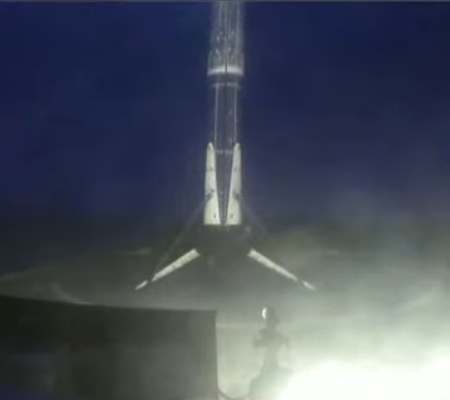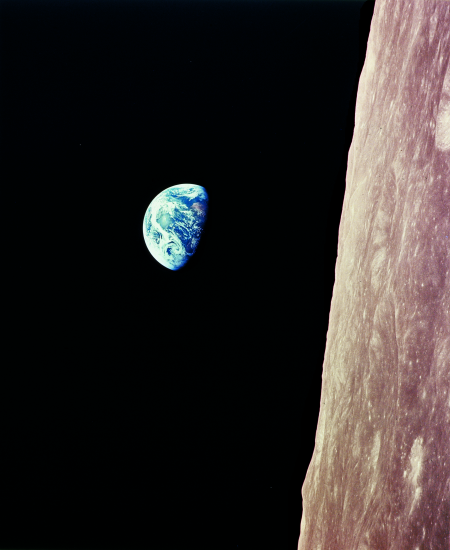Link here. The horror of that terrorist act, no different than the horrifying acts of rioting and looting dressed up as fake protests today, should not be forgotten. This article gives us possibly the most important perspective, the impact that horror had on the innocent children of the time.
Matthew John Bocci wrote the book Sway as a way to sort out his feelings. He was nine years old when his father died during the collapse of the World Trade Center. It took one week for the family to find out his father was dead. “Even though I knew he was dead, I still needed to find out the how. I became obsessed. I wondered if he had jumped, since he worked on the 105th floor and I saw all the smoke. My thoughts were that if he had jumped, maybe I could see him looking out a window beforehand. Even though I found out my dad did not jump, when I see the footage, it brings a lot of sadness. I look at it and think my father was in that building and he never had a chance to get out. In the book, I wrote, ‘What could you say, especially to a nine-year-old whose father was obliterated?'”
He went on to say, “My dad was selfless. He actually called my mom two minutes after the plane hit the building to tell her he loved her and us. He said goodbye. I now try to look at the positives he left behind. He was honorable, put family first, and was very humble. I think how brave he was, smart, resourceful, funny, determined, hardworking, and caring.”
Because of his father’s death, Matthew’s life spiraled out of control. He searched for answers and a father figure. Unfortunately, his Uncle Phil filled that role. He took advantage of Matthew’s grief by sexually abusing him. To cope, Matthew turned to drugs. But thankfully, after many years of drug abuse, he got himself straightened out, had his uncle arrested and convicted of child abuse, and is now five years sober.
To my mind, the worst result of both 9/11 and today’s riots is our society’s generally weak response. We never really did wipe out the scourge of Islamic terrorism after 9/11, which since then has only worsened. For children like Matthew, who lost his father, there is thus no closure or a feeling of justice.
And today we seem paralyzed to act against the home-grown terrorists in our midst, allowing them to commit some equally ugly acts while doing little to stop them. We must therefore ask ourselves, what are today’s children learning from this failure?
For evil to flourish good men need only do nothing. And sadly nothing is much of what America has been doing for the past two decades.




